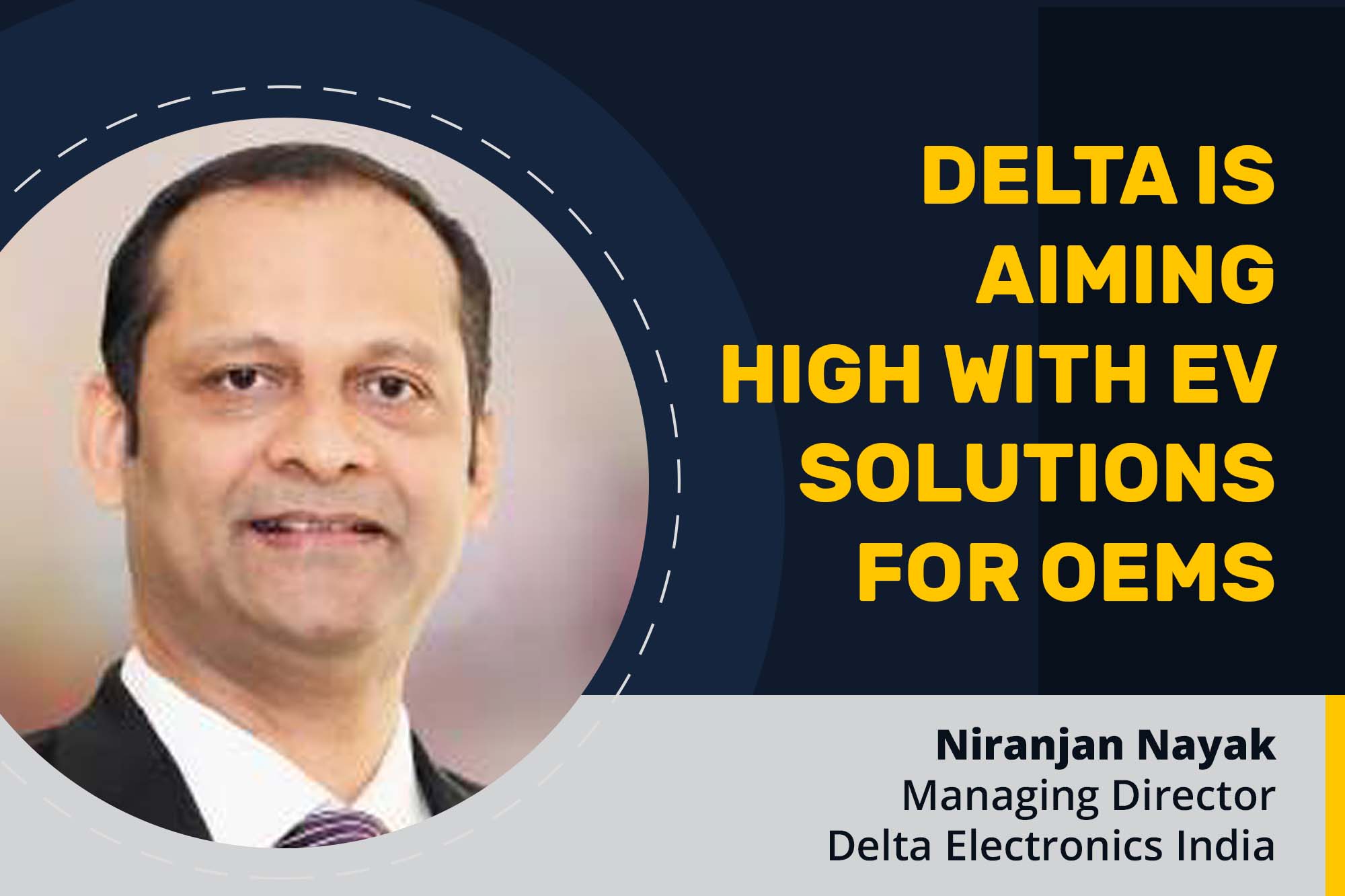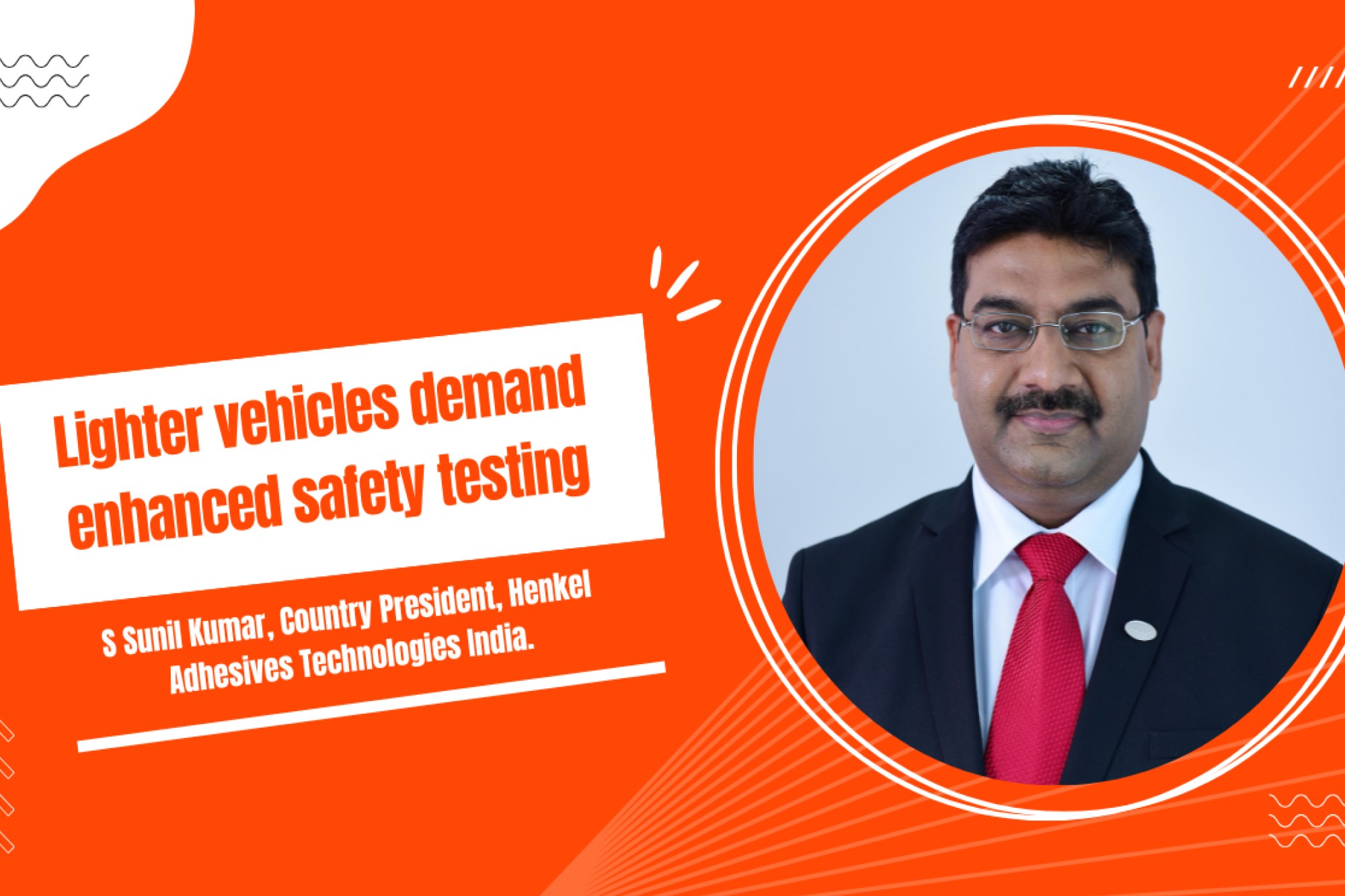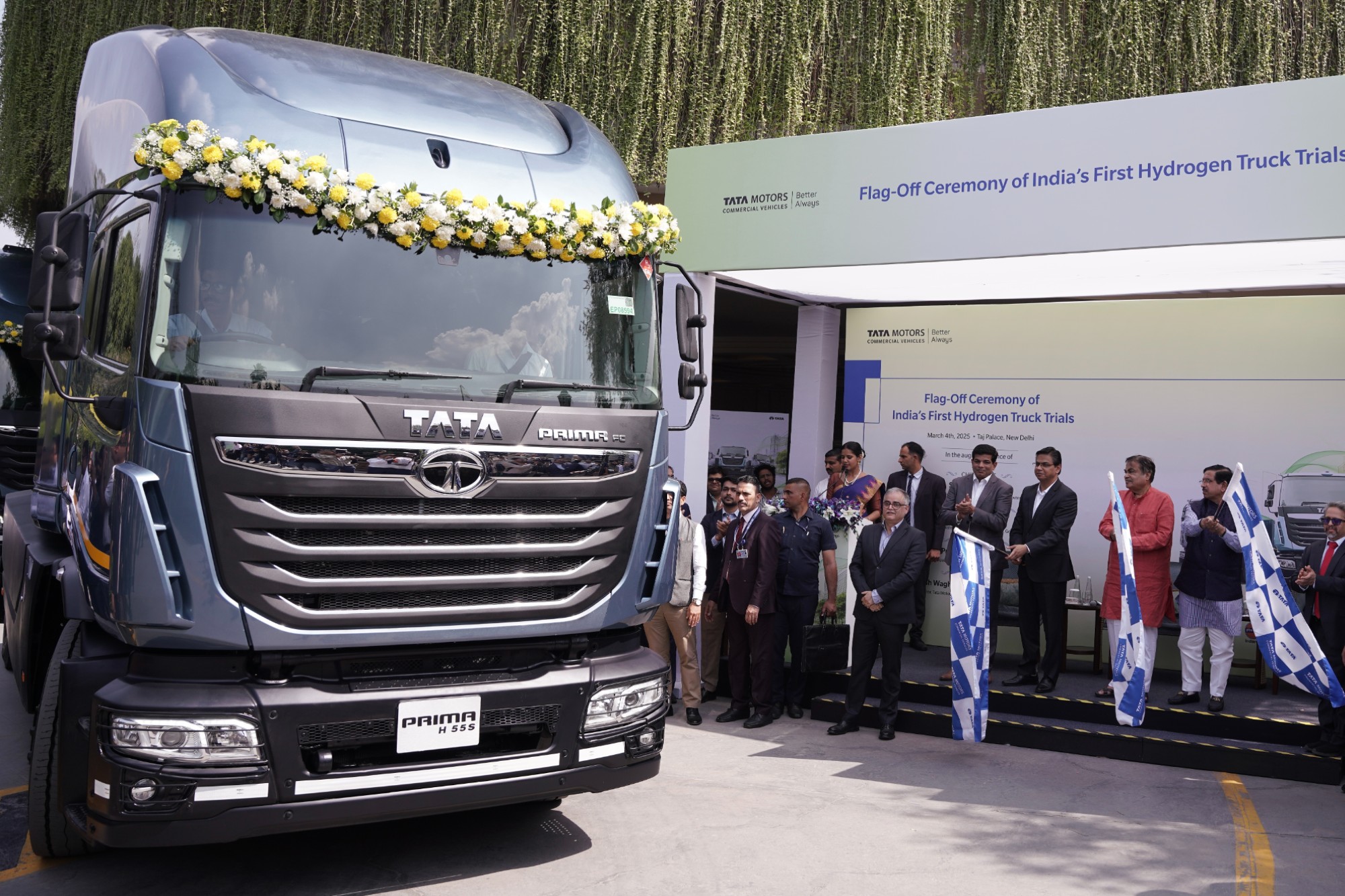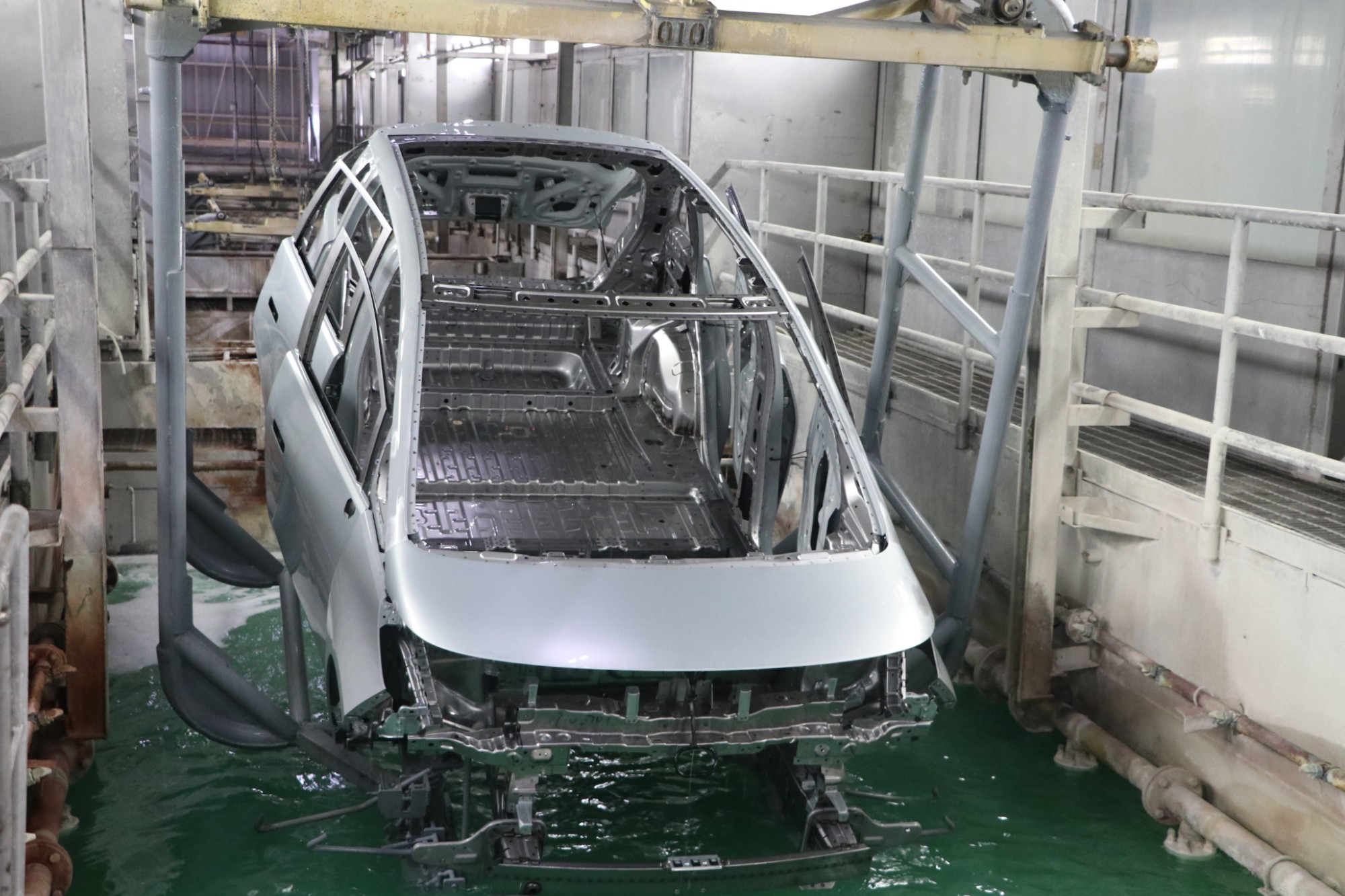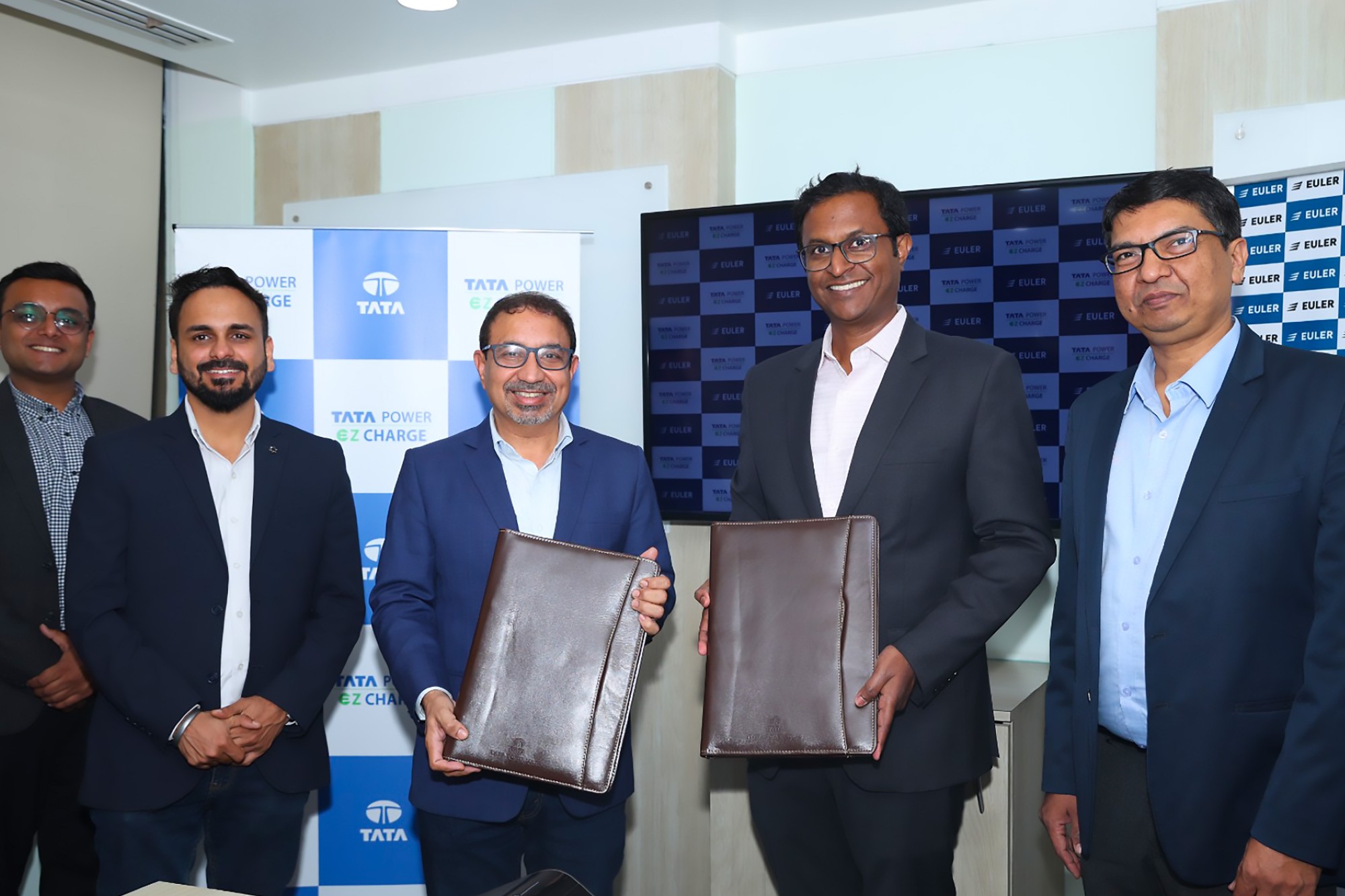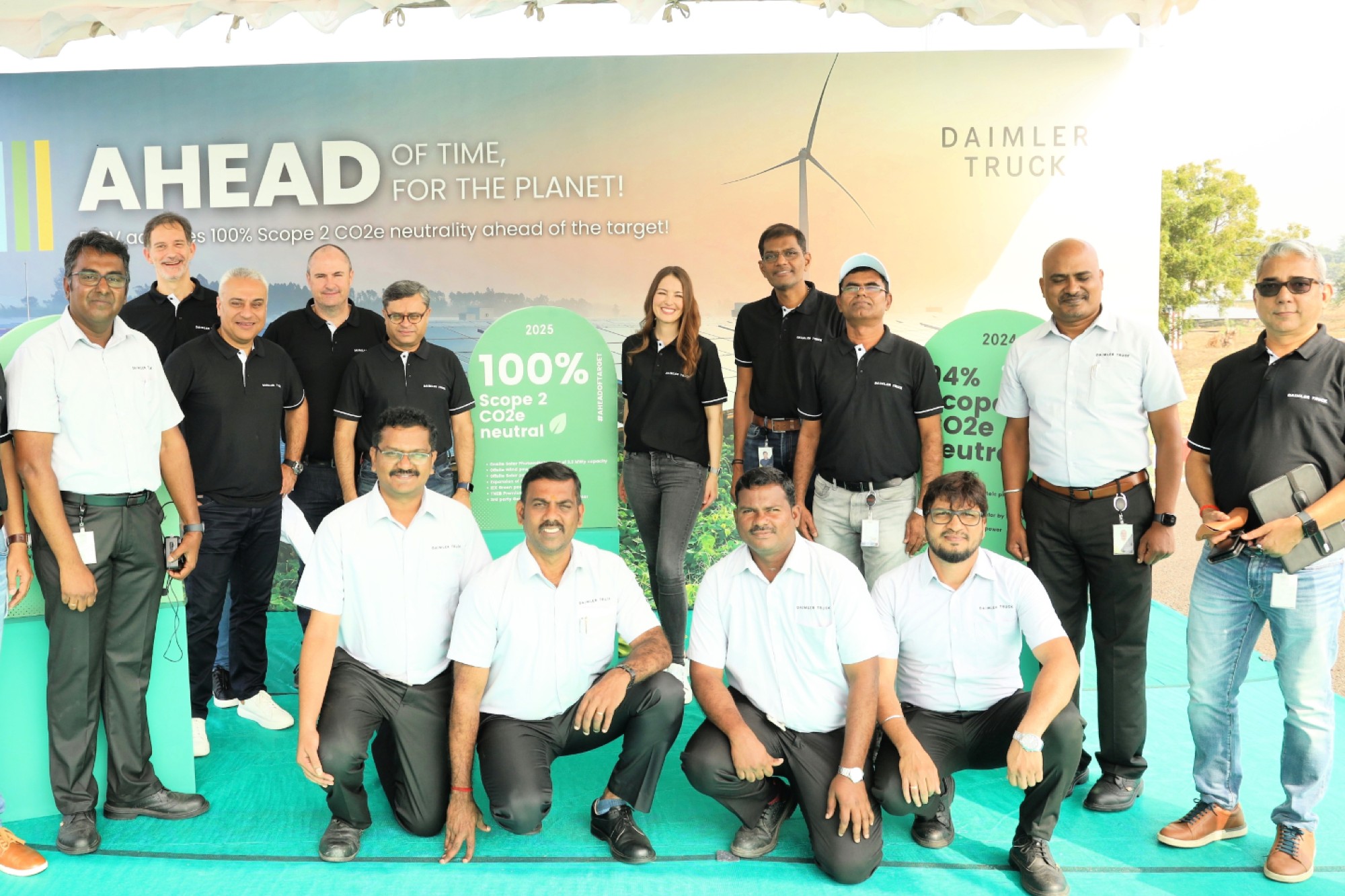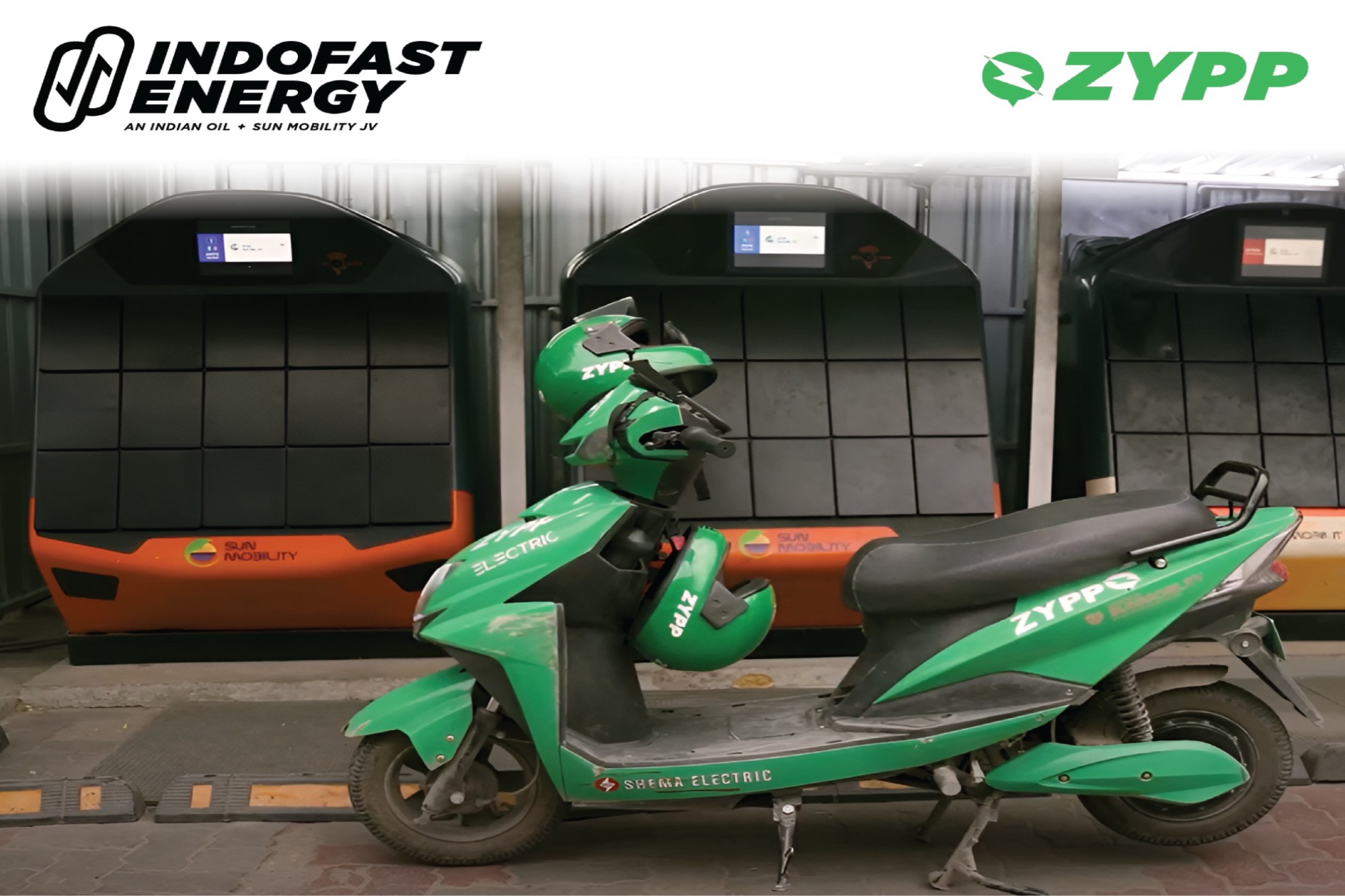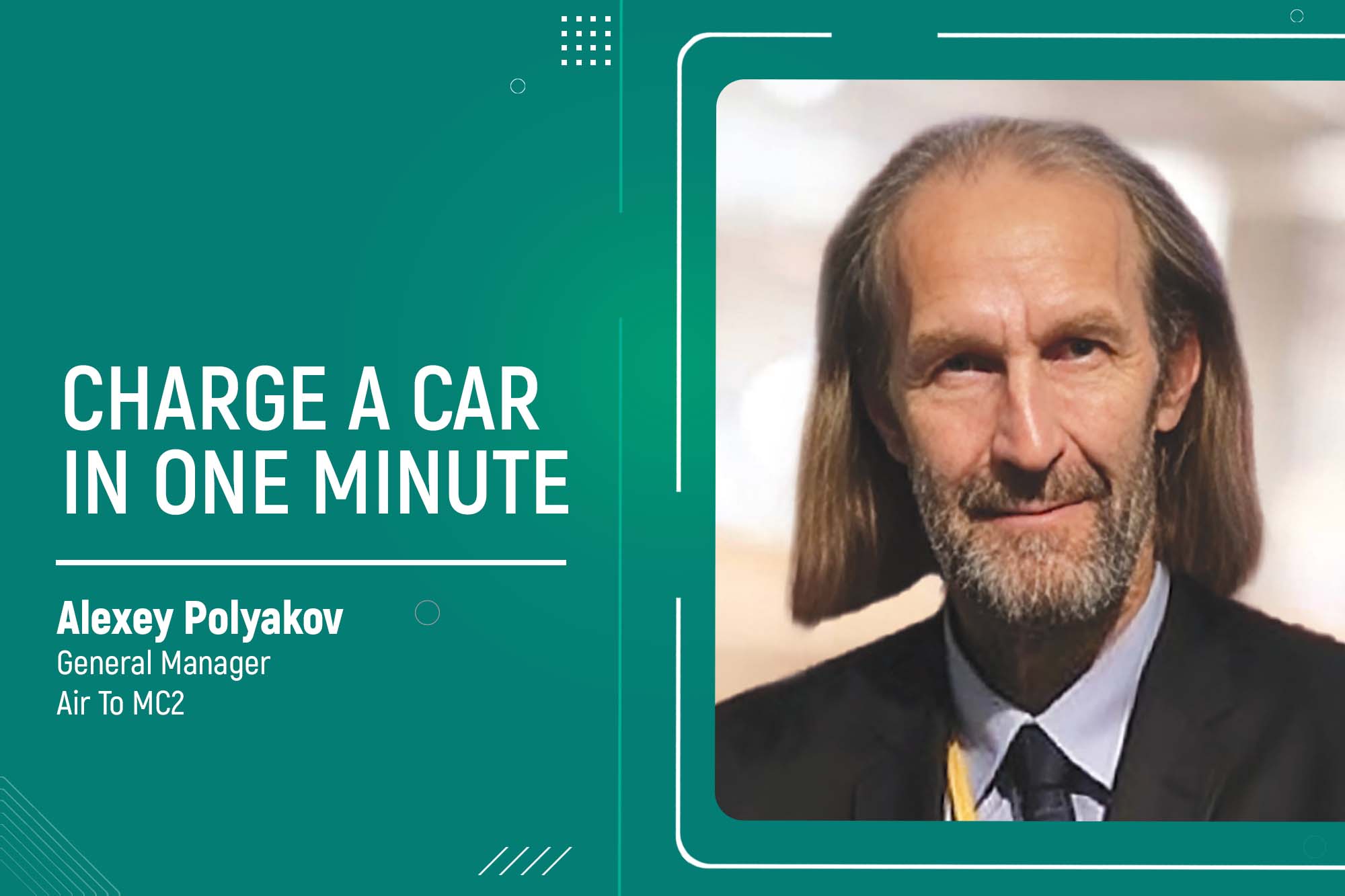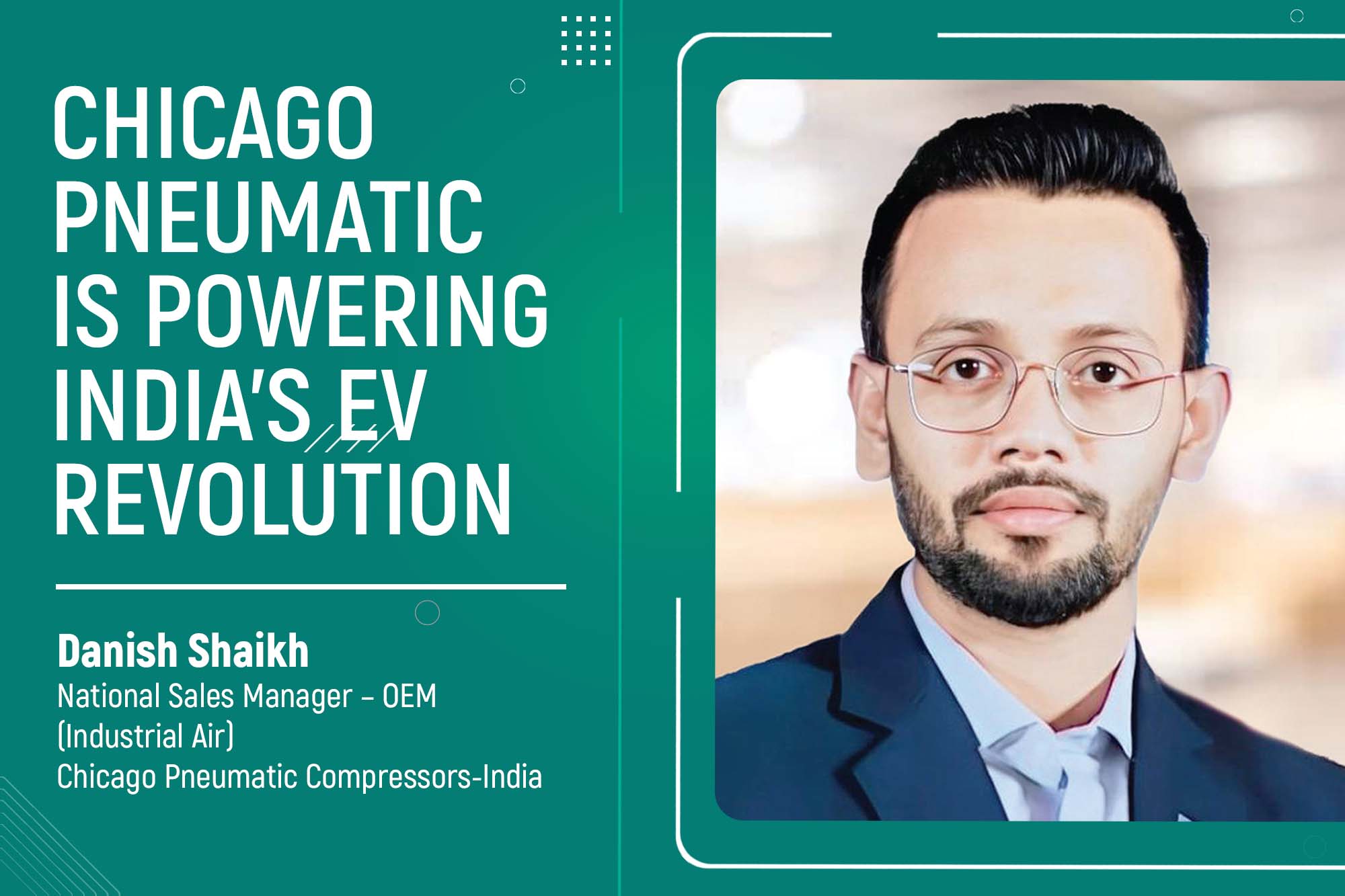Delta is aiming high with EV solutions for OEMs
By OEM Update Editorial January 31, 2024 6:51 pm IST
Mr. Niranjan Nayak, Managing Director of Delta Electronics India, discusses the evolving EV landscape, focusing on two-wheelers and three-wheelers and the role of Delta in shaping this sector.
How is Delta Electronics contributing to the EV segment?
In the electric vehicle segment, we provide various components like onboard power supplies and traction inverters. Through our electric vehicle charging business, Delta contributes to EV sustainability and environmental aspects. The company operates in three key technological areas crucial for EVs: power, thermal, and drive. Delta collaborates with OEMs in one market segment to produce two-wheelers, three-wheelers, and four-wheelers, providing them with the necessary components.
Another segment focuses on the booming electric vehicle charging infrastructure. Delta collaborates closely with private players and government agencies to facilitate installation, partnering with charging operators and system integrators who install stations across locations. While these operators set consumer pricing, Delta also serves corporate clients who install stations in places like metro stations, malls, and residential complexes.
How does Delta Electronics plan to address its unique charging needs through battery-swapping technology?
In the context of auto-rickshaws, particularly those operated by double-shift drivers who work long hours, recharging the vehicle between shifts poses a challenge. Even a 45-minute charging session may not be feasible due to limited time constraints. We envision battery swapping stations as a practical solution to address this issue. This technology enables a quick two-minute stop, allowing drivers to exchange their depleted battery for a fully charged one, ensuring minimal downtime and continuous operation. The battery-swapping approach is perfectly suited for the specific needs of auto-rickshaws and other three-wheeled vehicles, providing a convenient and efficient solution.
There are two primary charging approaches for EVs: station charging, akin to refuelling at a petrol pump, and battery swapping stations for quicker exchanges. In India, the growth of EVs is expected to accelerate in the two-wheeler and three-wheeler segments due to their suitability for local commuting. The four-wheeler market, on the other hand, might see a slower transition. Within this segment, fleet services are likely to adopt EVs earlier, paving the way for wider adoption in the future. Battery swapping stations, with their quick turnaround times, address a key obstacle for auto-rickshaw drivers and hold immense potential to accelerate the transition towards sustainable transportation in India.
How do government initiatives like FAME I and FAME II impact Delta’s strategy amid rising EV adoption in India?
Anticipating a surge in EV adoption, particularly in two-wheelers and three-wheelers, government and infrastructure support initiatives are viewed as crucial drivers. India’s vast population and the potential for higher EV sales underscore the need to maintain the current momentum in the EV market.While the current numbers are relatively modest, focusing on two-wheelers and fleet services, projections indicate a substantial uptick by 2025. Challenges such as stabilizing manufacturing quantities and raising awareness are recognized. Still, the industry is gearing up for significant changes, anticipating a transformative shift in the EV landscape in India after 2025. Manufacturers and stakeholders are actively planning and preparing for the expected surge in EV adoption in the coming years.
The government’s initiatives, including FAME I and FAME II, showcase a positive commitment to India’s electric vehicle (EV) sector. Efforts are underway to establish a robust battery supply chain within the country, a critical component for EV growth. The government’s PLI schemes further contribute to fostering a conducive environment for the EV industry.
Beyond government initiatives, there is a call for enhancing the aesthetics of EV installations within urban infrastructure. Local urban bodies, exemplified by Brihan Mumbai and similar entities, could play a role in ensuring well-designed and accessible EV installations, like incorporating them into parks or seamlessly integrating them into existing infrastructure.
How do Delta’s ESG commitments shape operations and align with the long-term vision in India?
We strongly align with ESG principles, we’re not passive participants; we actively champion sustainability through tangible initiatives that push the boundaries of responsible business practices. We are actively contributing to environmental and social governance goals through our commitments to RE 100 using 100% renewable energy by 2030. Additionally, we’re proud members of EV100, a global initiative advocating for the widespread adoption of electric vehicles.
Our commitment extends beyond mere energy sources. We understand that limiting global warming requires a holistic approach. That’s why we’re actively working to combat climate change and play our part in keeping the temperature rise within the critical 1.5-degree limit. Every action we take, from sourcing materials to optimizing operations, is guided by this unwavering commitment.
In Krishnagiri, we’ve established a sprawling 120-acre manufacturing facility catering to both domestic and international markets. Meanwhile, our Bangalore R&D hub houses over 350 plus engineers, with ambitious plans to expand to 1000 by 2030, and ultimately 2000, reflecting our commitment to ‘designing, making, and selling in India’
Cookie Consent
We use cookies to personalize your experience. By continuing to visit this website you agree to our Terms & Conditions, Privacy Policy and Cookie Policy.



